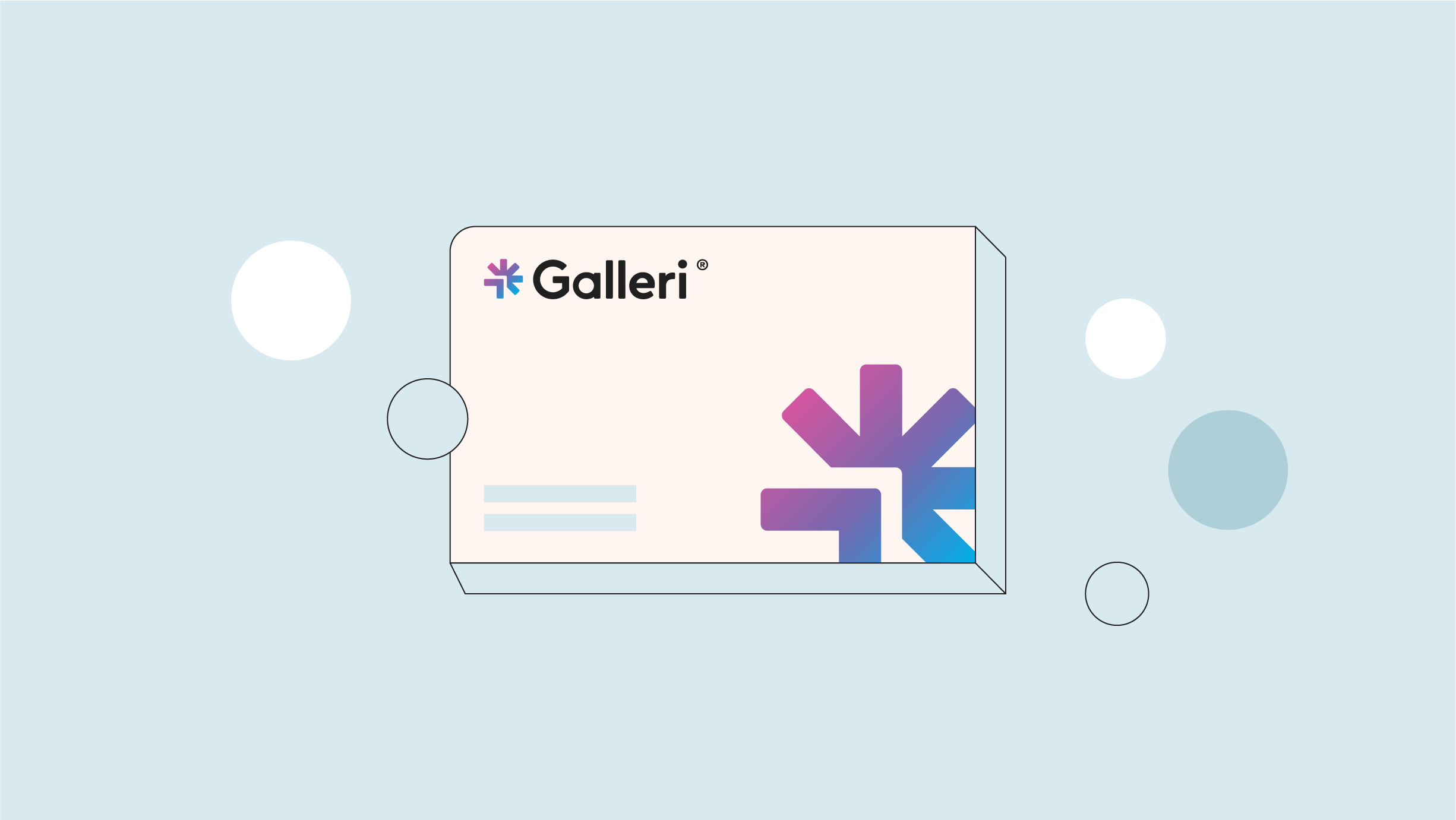What should I tell my care team before I take this medication?
They need to know if you have any of these conditions:
- Diabetic ketoacidosis
- Kidney disease
- Pancreatitis
- Previous swelling of the tongue, face, or lips with trouble breathing, trouble swallowing, hoarseness, or tightening of the throat
- Type 1 diabetes
- An unusual or allergic reaction to sitagliptin, other medications, foods, dyes, or preservatives
- Pregnant or trying to get pregnant
- Breastfeeding
What may interact with this medication?
Some medications may affect your blood sugar levels or hide the symptoms of low blood sugar (hypoglycemia). Talk with your care team about all the medications you take. They may suggest checking your blood sugar levels more often.
Medications that may affect your blood sugar levels include:
- Alcohol
- Certain antibiotics, such as ciprofloxacin, levofloxacin, sulfamethoxazole; trimethoprim
- Certain medications for blood pressure or heart disease, such as benazepril, enalapril, lisinopril, losartan, valsartan
- Certain medications for mental health conditions, such as fluoxetine or olanzapine
- Diuretics, such as hydrochlorothiazide (HCTZ)
- Estrogen and progestin hormones
- Other medications for diabetes
- Steroid medications, such as prednisone or cortisone
- Testosterone
- Thyroid hormones
Medications that may mask symptoms of low blood sugar include:
- Beta-blockers, such as atenolol, metoprolol, propranolol
- Clonidine
- Guanethidine
- Reserpine
This list may not describe all possible interactions. Give your health care provider a list of all the medicines, herbs, non-prescription drugs, or dietary supplements you use. Also tell them if you smoke, drink alcohol, or use illegal drugs. Some items may interact with your medicine.
What should I watch for while using this medication?
Visit your care team for regular checks on your progress.
A test called the HbA1C (A1C) will be monitored. This is a simple blood test. It measures your blood sugar control over the last 2 to 3 months. You will receive this test every 3 to 6 months.
Learn how to check your blood sugar. Learn the symptoms of low and high blood sugar and how to manage them.
Always carry a quick-source of sugar with you in case you have symptoms of low blood sugar. Examples include hard sugar candy or glucose tablets. Make sure others know that you can choke if you eat or drink when you develop serious symptoms of low blood sugar, such as seizures or unconsciousness. They must get medical help at once.
Tell your care team if you have high blood sugar. You might need to change the dose of your medication. If you are sick or exercising more than usual, you might need to change the dose of your medication.
Do not skip meals. Ask your care team if you should avoid alcohol. Many nonprescription cough and cold products contain sugar or alcohol. These can affect blood sugar.
Wear a medical ID bracelet or chain, and carry a card that describes your disease and details of your medication and dosage times.








